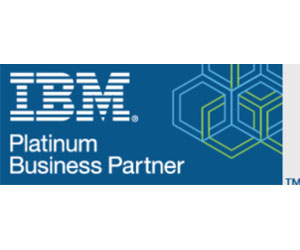How Data Centers and Hybrid Cloud Better Digital Business
Every digital business’s revenue is tied directly to its digital capabilities. The purpose-built computing capabilities found in heterogeneous data centers support a wide variety of workloads, such as AI-enhanced applications, which continue to fuel the rapid evolution of server technologies.
What’s required to take advantage of AI’s potential today? For starters, systems with greater memory, modern storage solutions, VME and high-speed flash, improved GPU/CPU communication, and very high-speed networking like that delivered by InfiniBand.
EXPLORE: Why servers remain the building blocks of digital transformation.
“AI has really forced organizations to rethink how they are organizing the data center,” Rutten says.
Shifting certain processes and capabilities out of the on-premises data center and into the cloud marks another business trend, particularly where organizations look to remove some of the capital expense of owning and managing hardware.
The traditional six-month procurement, implementation and deployment cycle no longer serves businesses that must access and process massive amounts of data and instantly take advantage of the compute, storage and networking hardware required to support their next innovation’s workload.













